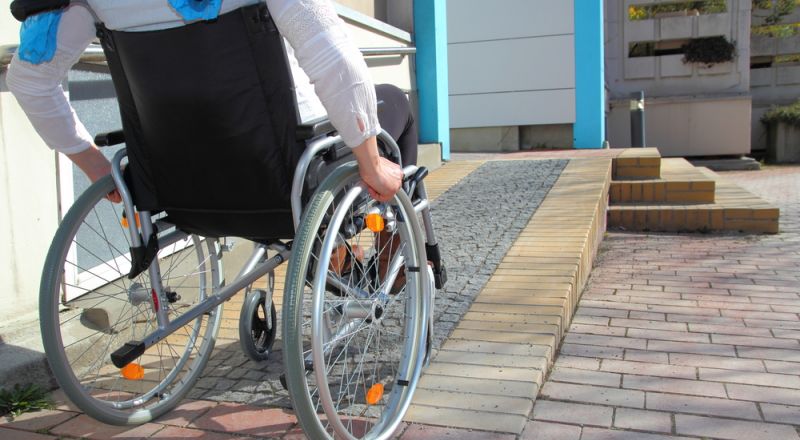The disabled-led team at Shaw Trust Accessibility Services includes computer users with a range of physical disabilities and impairments.
Over the years, our website accessibility testing team has worked on a vast range of websites and other digital resources. This has given us detailed experience of how digital technology can be made more accessible to users with physical impairments. Some suggestions are below.
Make your keyboard easier to use
You can change the settings on your PC or laptop in order to make your keyboard easier to use. For example, you can control the timing of repeated keystrokes in order to avoid accidental repetition of keystrokes.
Make your mouse easier to use
There are several ways that you can make your mouse easier to use. You can change it to suit left-handed use. You can also slow down the speed at which the mouse pointer moves across the screen. It is also possible to slow down and speed up the double click speed of your mouse.
Don’t use a keyboard and mouse
If your disability or impairment means you can’t operate a physical keyboard or mouse, there are several other options available to you. These include the use of an on-screen keyboard, which is available for almost all computers, smartphones and tablets. Other options include a head-mouse, touch screen or switch input. Voice recognition software has also come a long way in recent years and can be extremely useful – Dragon voice software is one of the most well-known and popular options.
Software is also available for users who can move a mouse (or other pointing device) but who have difficulty clicking. Software alternatives to on-screen keyboard entry are also available.
For further information and advice on making the most of your digital devices, please contact Shaw Trust Accessibility Services.







